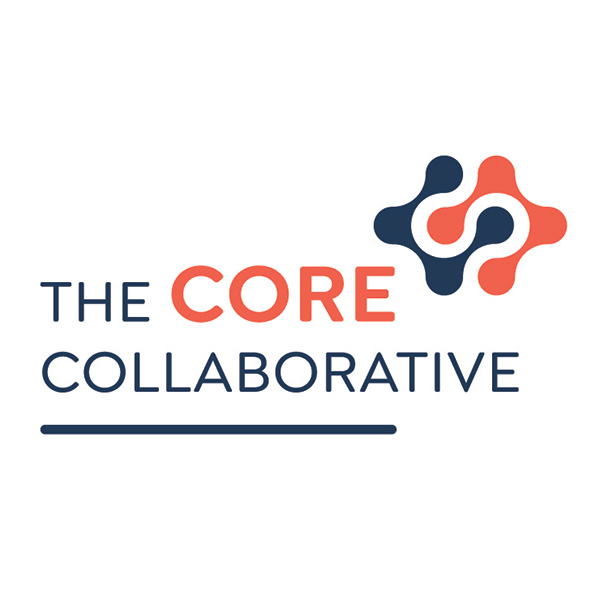We believe collaboration is key to growth and success.
– Core Collaborative Community Agreements and Beliefs
Understanding the six key elements of collaboration—communication, trust, mutual respect, shared goals, competence, and support—can significantly enhance teamwork and collective success.
Understanding the Six Key Elements of Collaboration
Shared Goals
Shared goals unify a team by providing a common purpose and direction that aligns individual efforts. Teams can actualize their purpose and achieve ambitious goals by leveraging the individual strengths of group members, scaling out expertise, and innovating to spark ideal solutions. When these team members collaborate, they exchange ideas and build on each other’s contributions. In the context of education, shared goals might include improving student outcomes, implementing new curricula, or enhancing professional development.
Communication
Effective communication is the foundation of successful collaboration. It involves the exchange of information, active listening, clear articulation of ideas, and timely feedback. In a team of educators, open communication ensures everyone is on the same page regarding goals, expectations, and progress. It helps prevent misunderstandings and fosters a positive, inclusive environment where all voices are heard and valued.
Trust
Trust develops as team members follow through on their commitments, and maintain transparency in their actions. Teams build trust when they admit mistakes without fear of judgment, and show consistency in their behavior. It allows team members to feel confident that their colleagues are reliable, competent, and committed to shared goals. In an educational setting, trust enables teachers to collaborate more freely, share resources and ideas. And support each other’s professional growth.
Mutual Respect
Mutual respect is the recognition and appreciation of each team member’s contributions, skills, and perspectives. It is fundamental for creating a collaborative environment where educators with different cultural backgrounds, lived experiences, and identities feel valued and motivated to share their expertise and learn from each other. Co-constructed norms protect each member of the team and allow for conflict to live alongside respect. Respect doesn’t just feel good, it enhances the overall quality of education.
Competence
Competence involves having the necessary skills, knowledge, and abilities to perform tasks effectively. In a collaborative educational environment, each team member’s competence contributes to the team’s overall success. To enhance competence within a team, educators can engage in continuous professional development, share best practices, and provide opportunities for peer observation and feedback.
Support
Support within a team ensures members feel backed by their colleagues, fostering a collaborative spirit and resilience. It involves modeling, offering assistance, encouragement, and resources when needed, and creating a non-competitive environment where team members feel comfortable seeking help. Support can be formal and informal including mentoring new teachers, sharing instructional materials, peer tutoring, or providing emotional support during challenging times.
The Impact of Collaboration

The positive impact of working together should not be underestimated. Collaboration is not just about brainstorming sessions or consensus-building; it’s about nurturing an ongoingexchange of ideas that evolves and results in collective action grounded in evidence. The melding of different ideas, experiences, and viewpoints leads to breakthroughs that a homogeneous group might never achieve. By valuing and integrating everyone’s contributions, we harness a formidable force for innovation and expanding the realm of possibilities. Whether in technology, education, business, or the arts, collective collaboration propels us forward, making the impossible achievable.
By working together, teams can develop and implement strategies that are not only equitable but also adaptable to the evolving needs of diverse communities. Collaboration in this context promotes shared responsibility, mutual respect, and continuous learning, which are essential for creating equitable and inclusive spaces for all.
True collaboration flattens power structures and puts ideas above roles and labels. Schools and teams must create an inclusive space where every individual can contribute their unique perspective based on their cultural background, lived experiences, and identities. Nurturing a connected community enables us to tackle the root causes of persistent opportunity gaps in our schools.
What is your Level of Collaboration?
Consider using The Continuum of Collaboration, a tool created by Gruenert and Whitaker (2015), to assess how well your team reflects the six key elements of collaboration. This tool defines stages of collaboration ranging from collaborative (where the key elements are fully in place) to toxic (where the key elements are underdeveloped).
Teams can use the Continuum to evaluate their current level of collaboration across several key dimensions, such as communication, decision-making, and shared goals. Once team members have determined their level of collaboration, they should honestly discuss where they currently stand in each area, identifying specific behaviors and practices that place them at a particular stage. , and actions to take to propel them to the next level of collaboration.
The Key to Growth and Success
Our belief in the power of collaboration and our collective strength is more than an ideal; it is a practical approach to solving the puzzles of today and tomorrow. By leveraging our collective power, we solve problems more effectively and create environments where everyone can contribute meaningfully.


